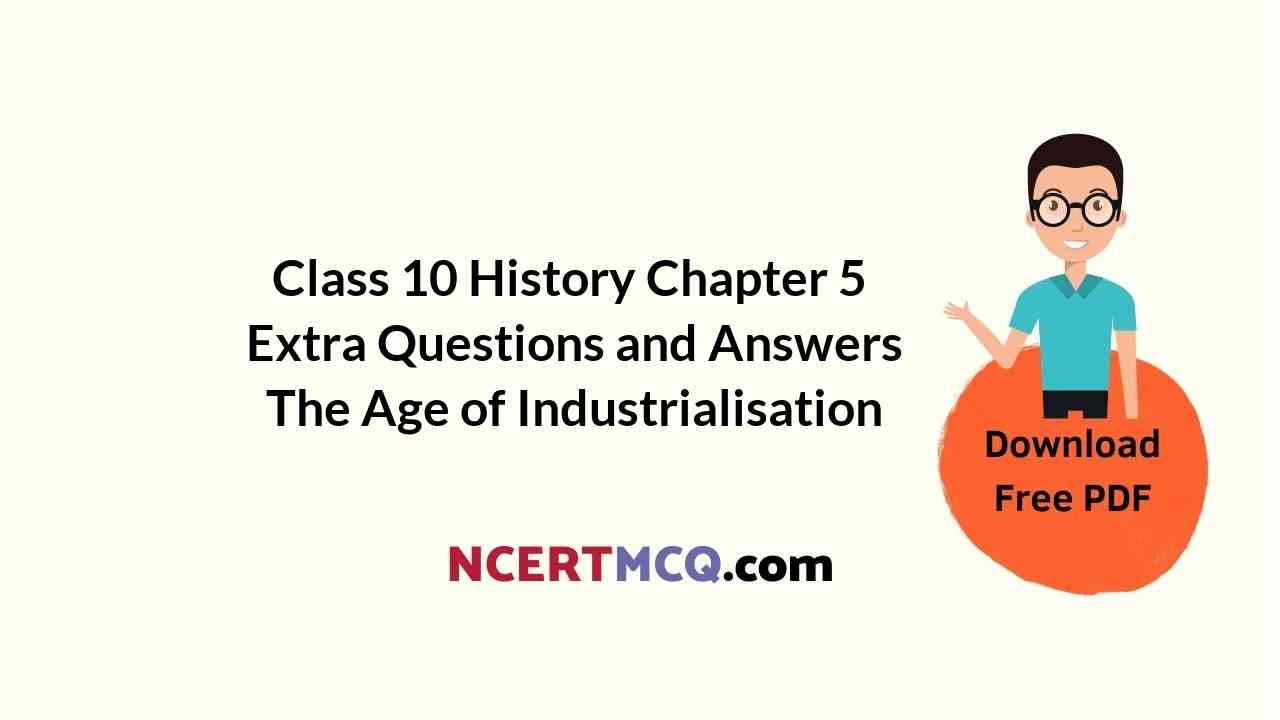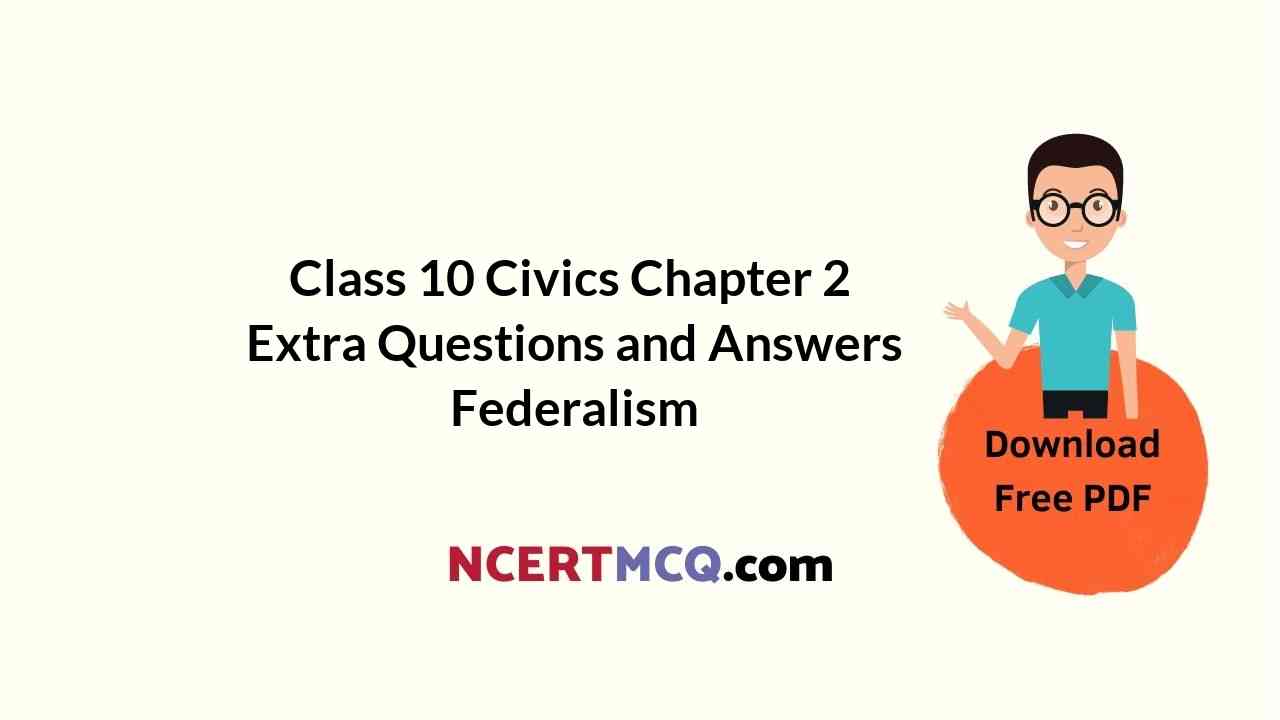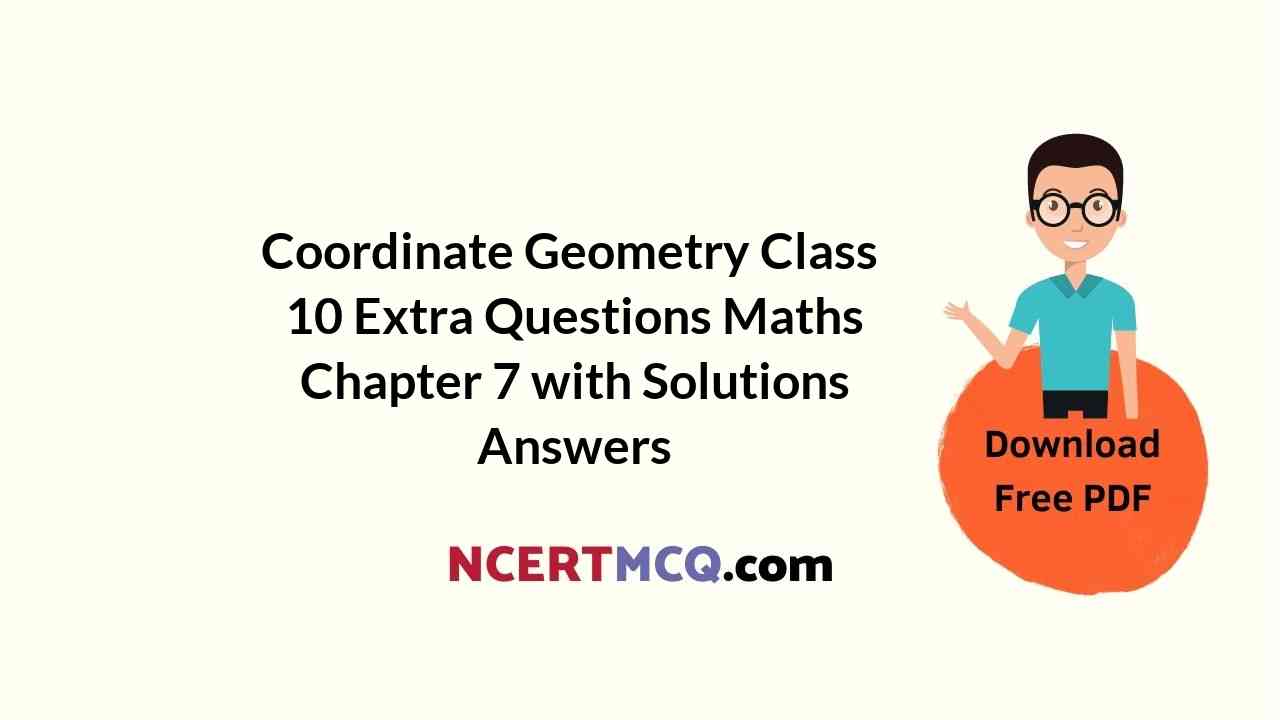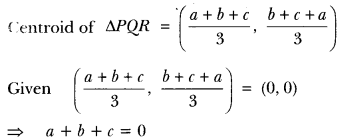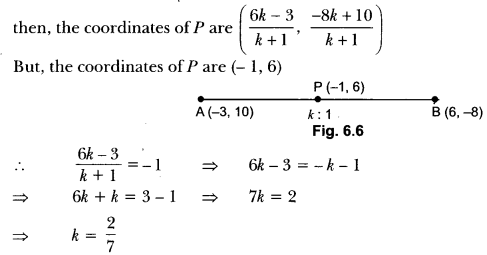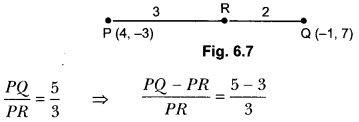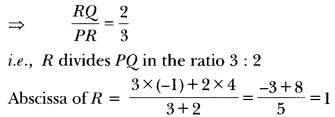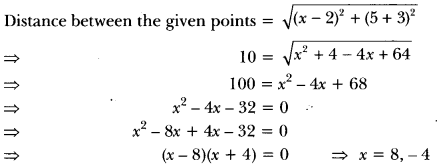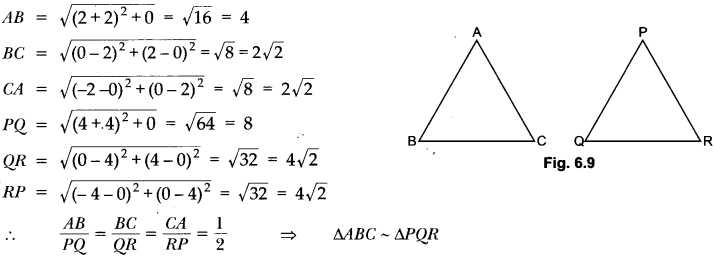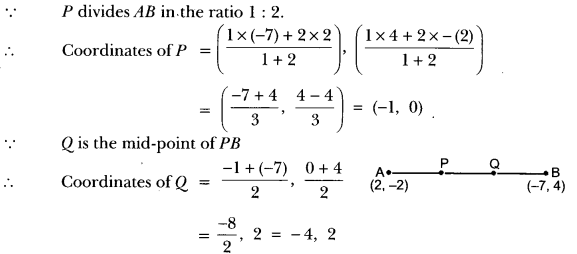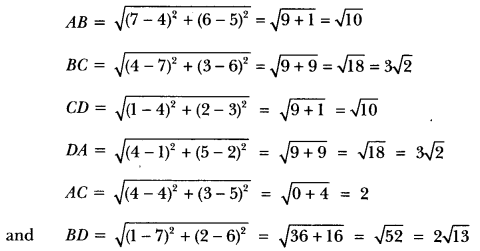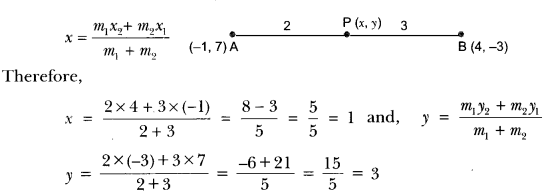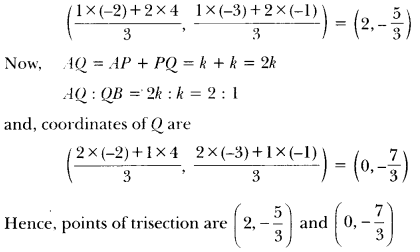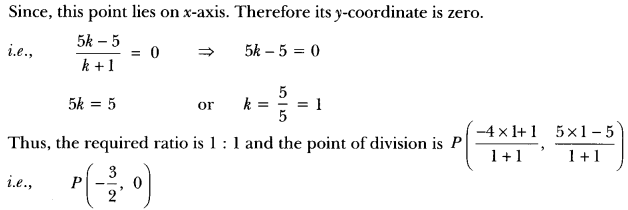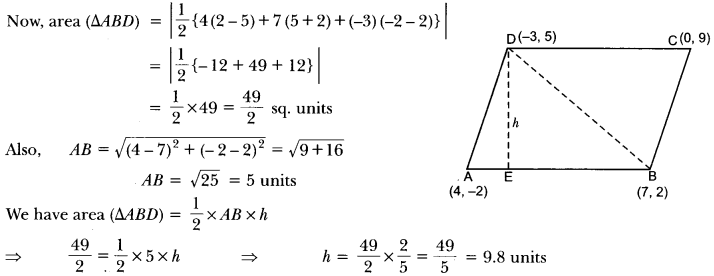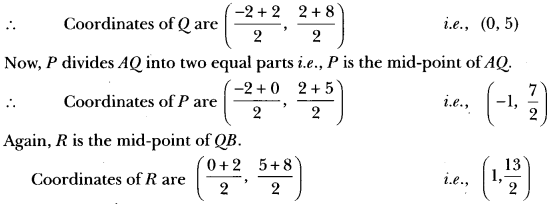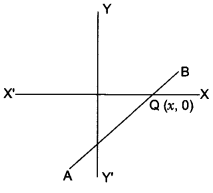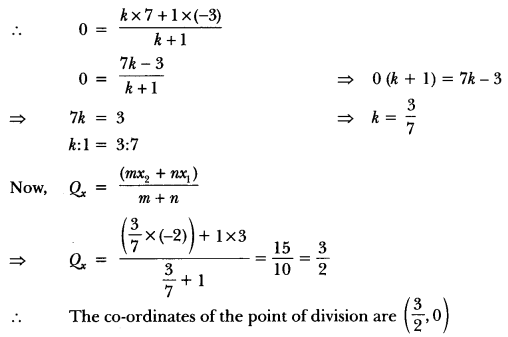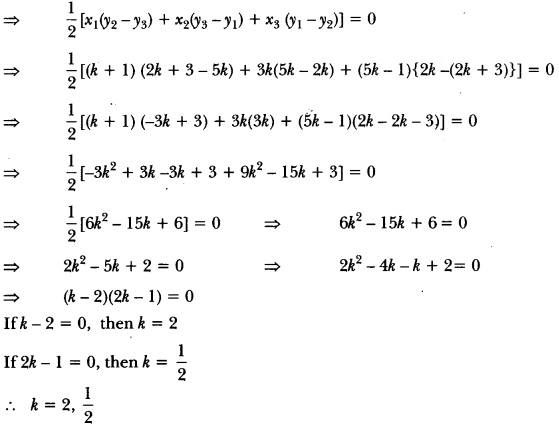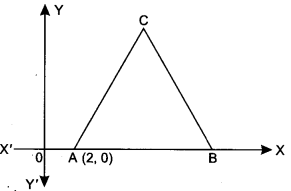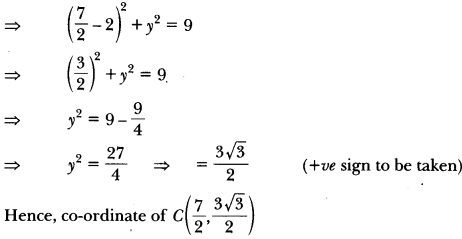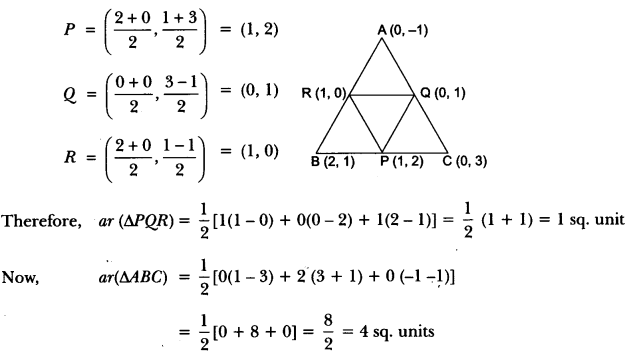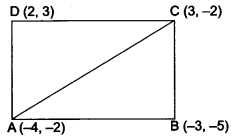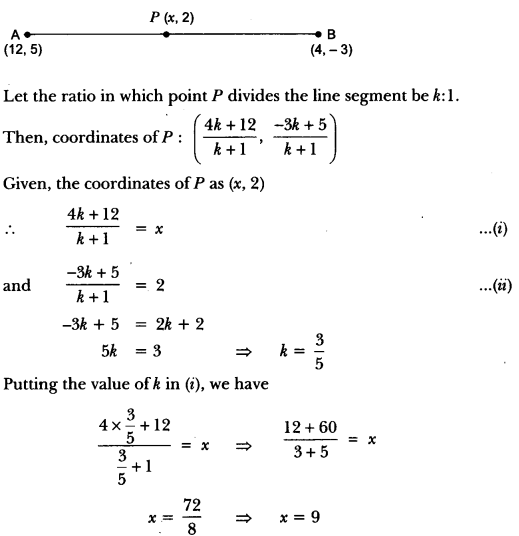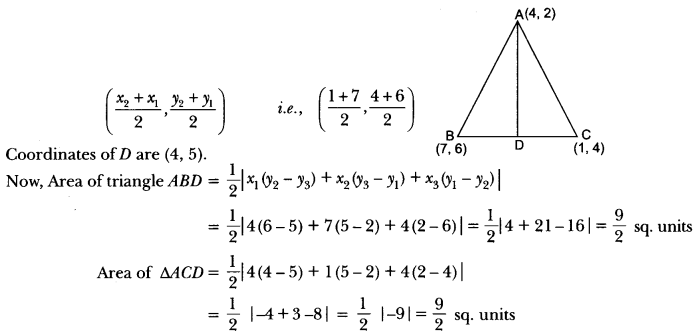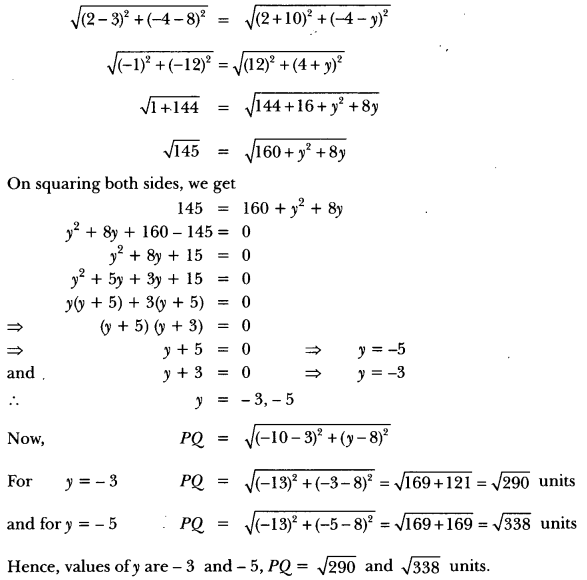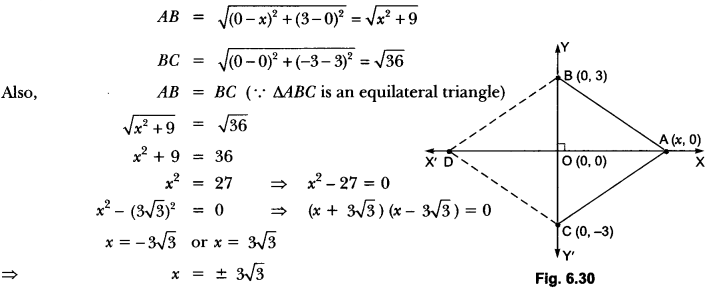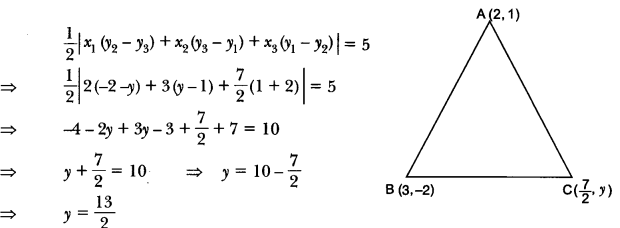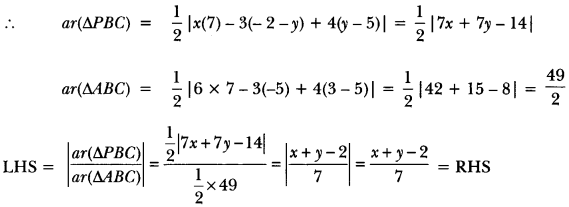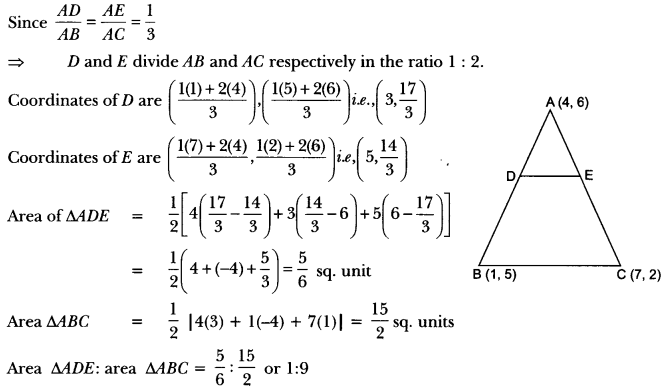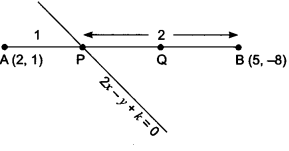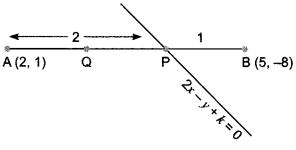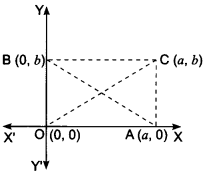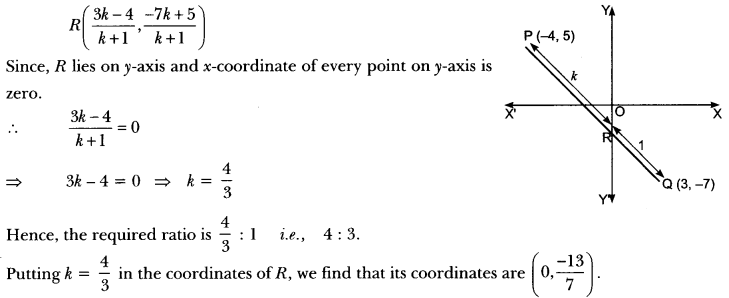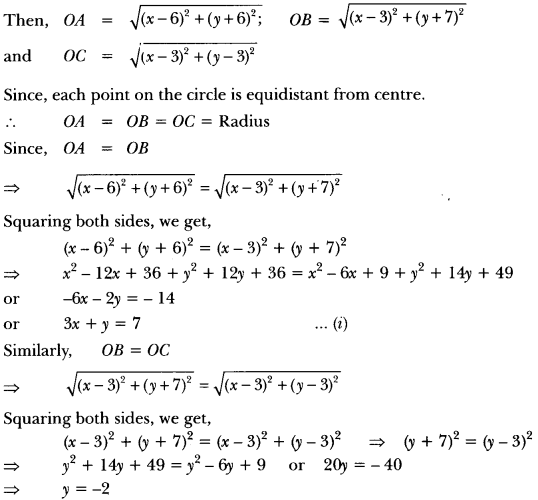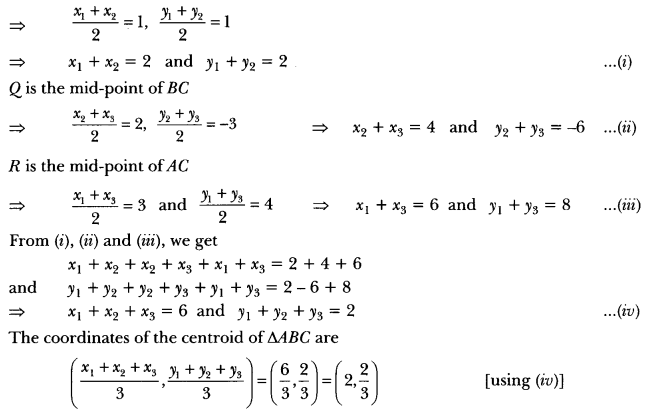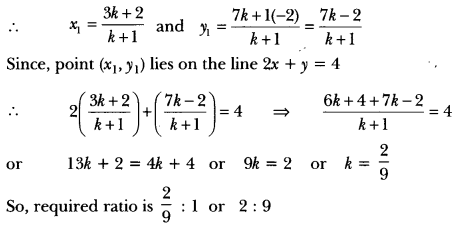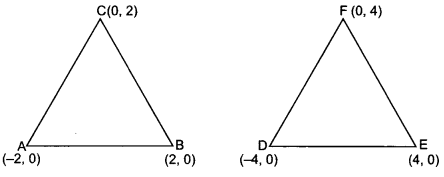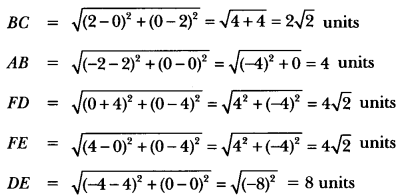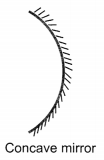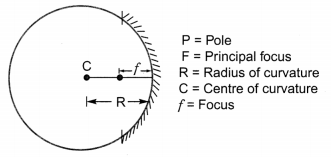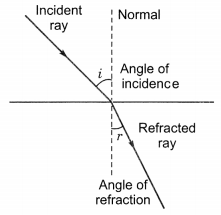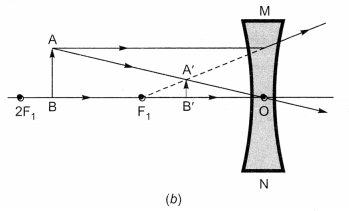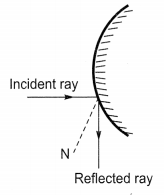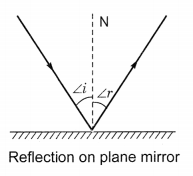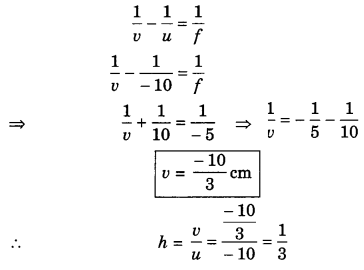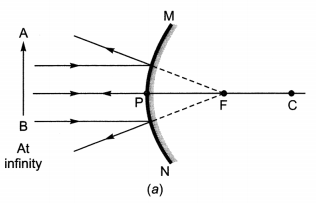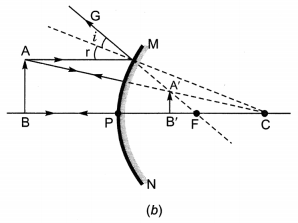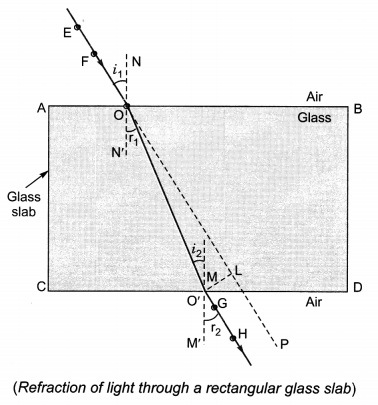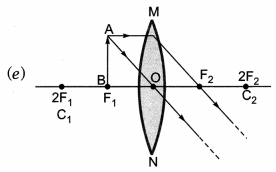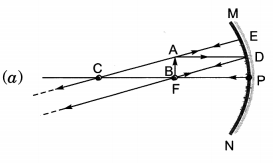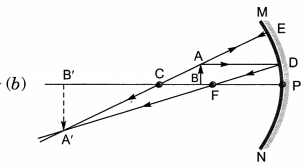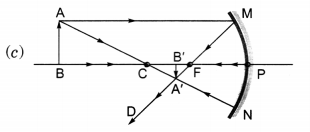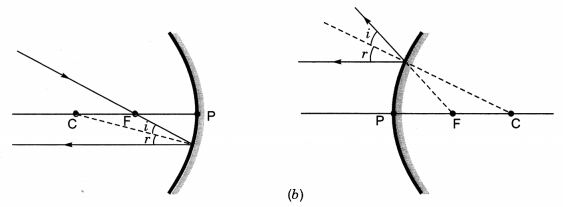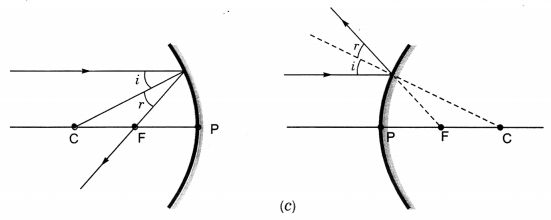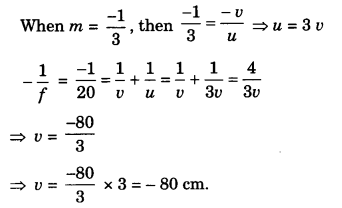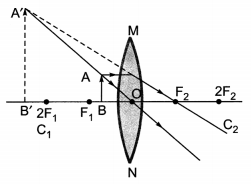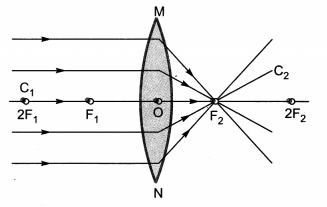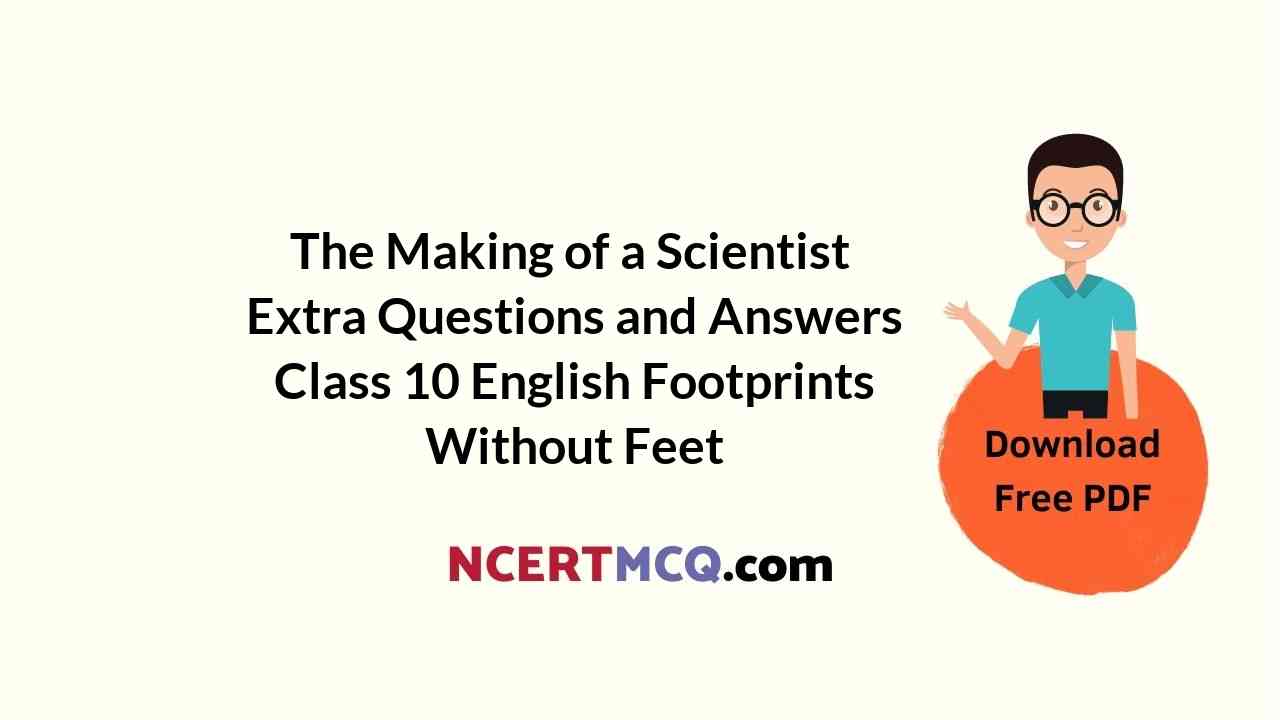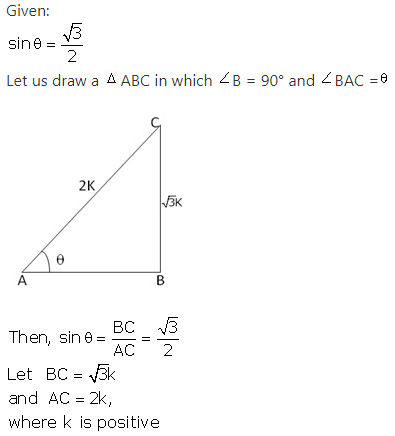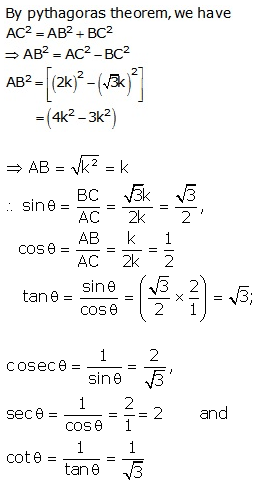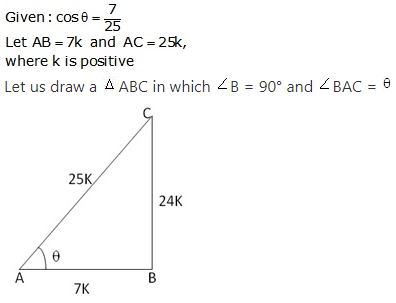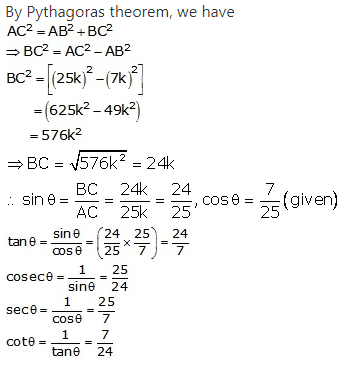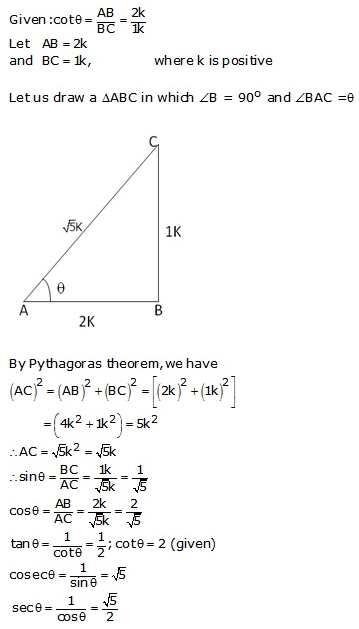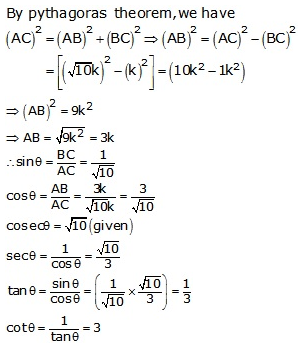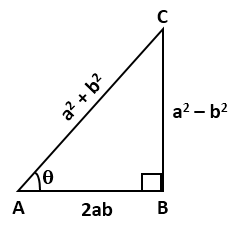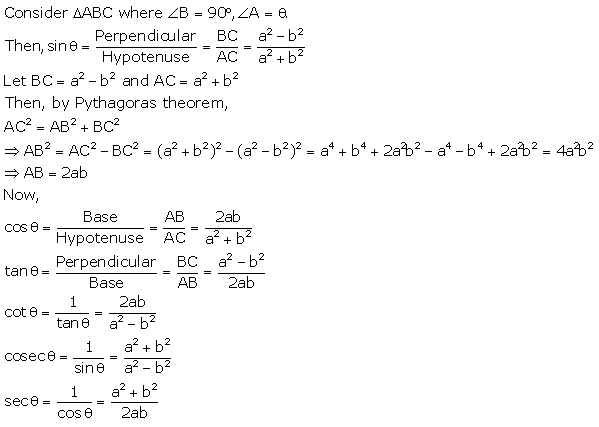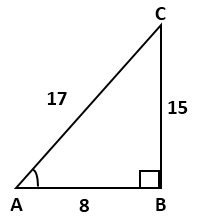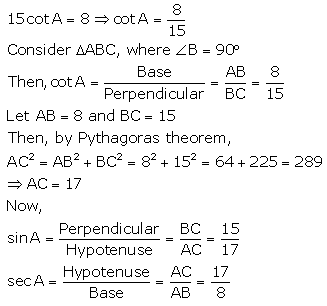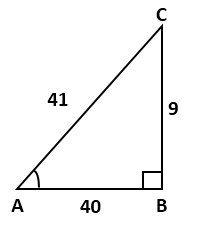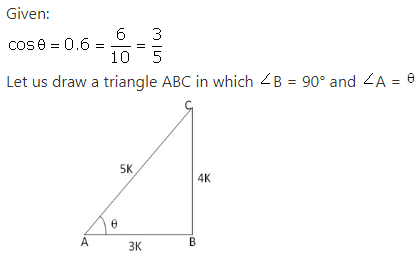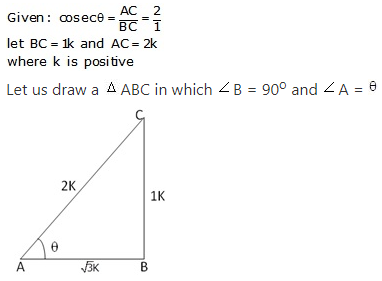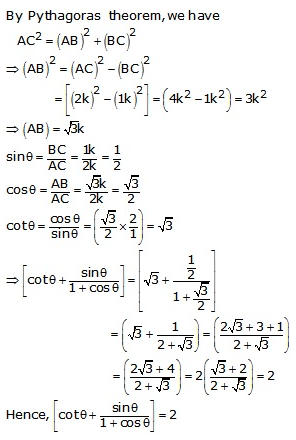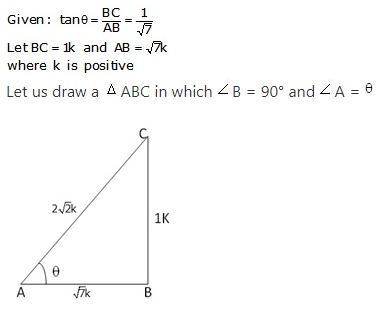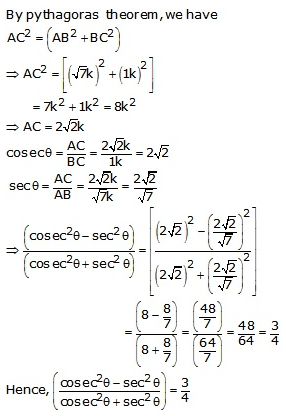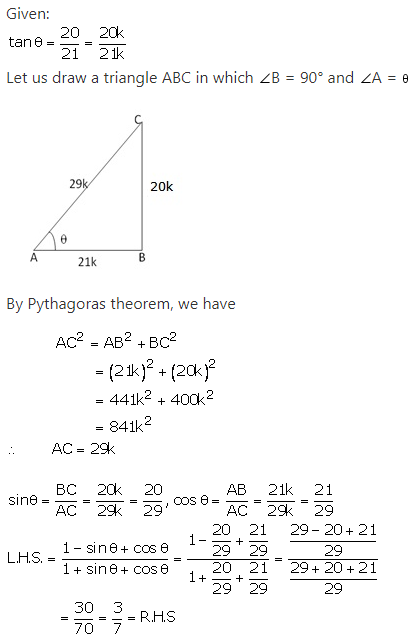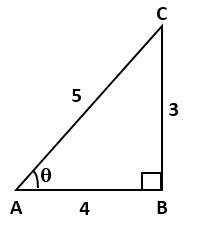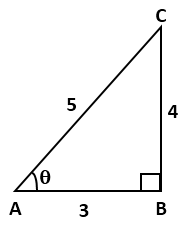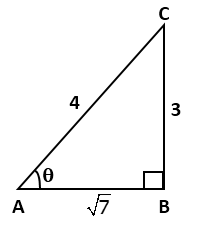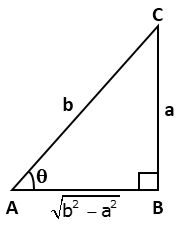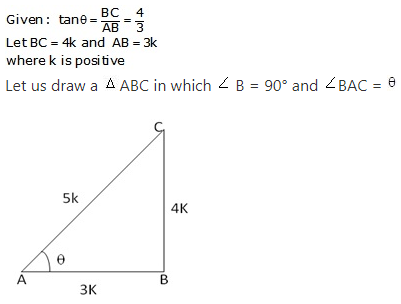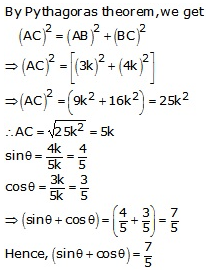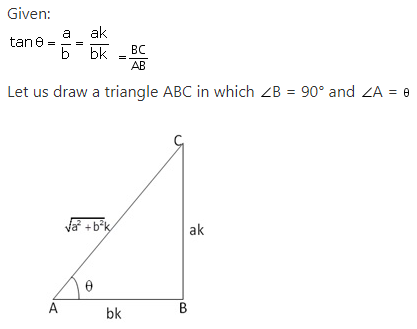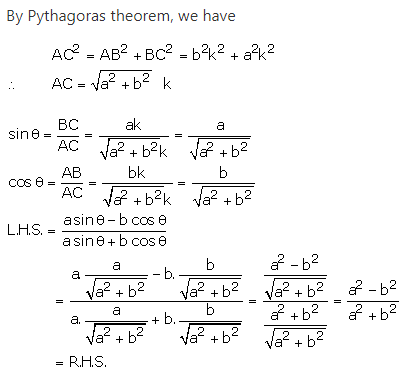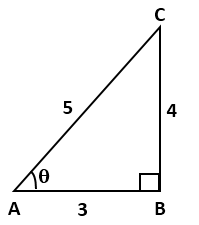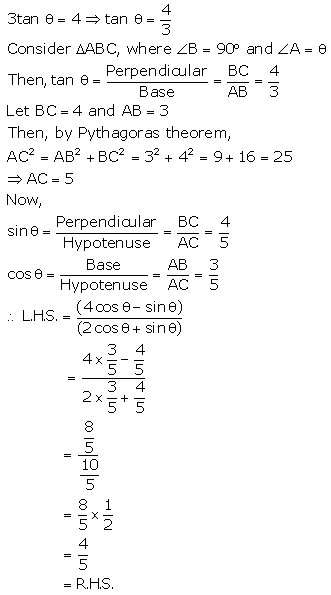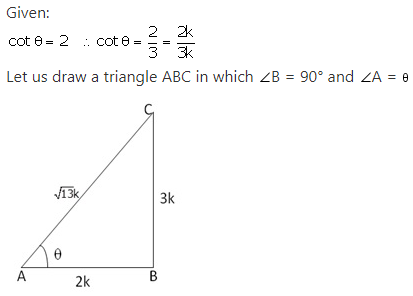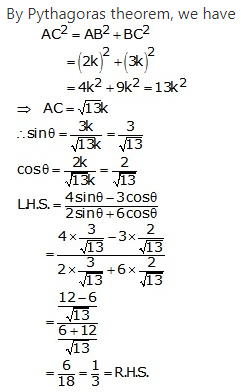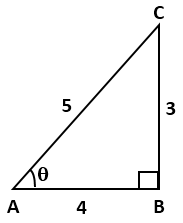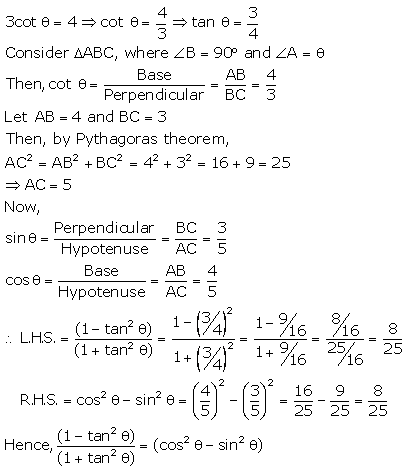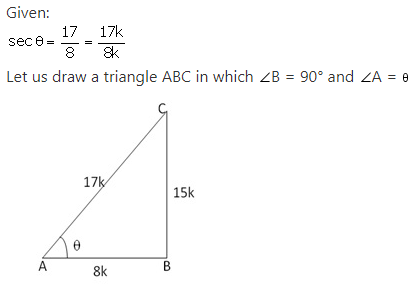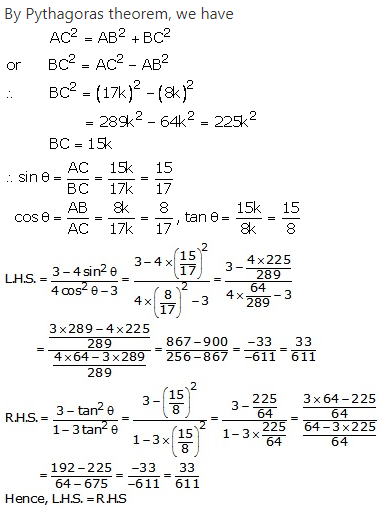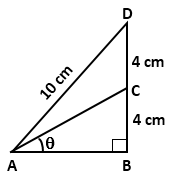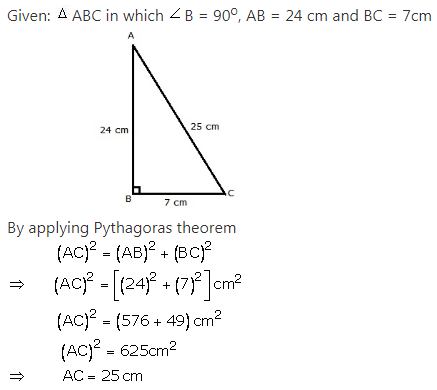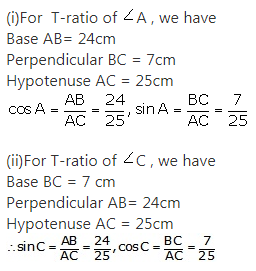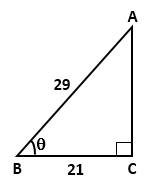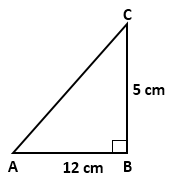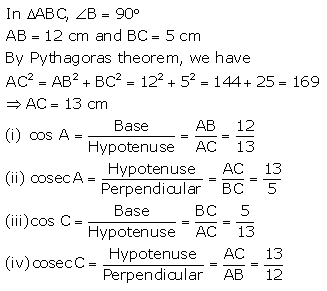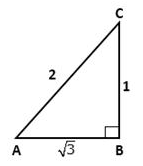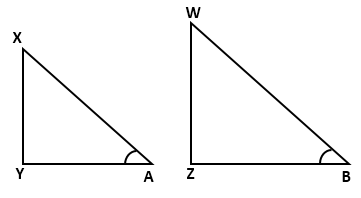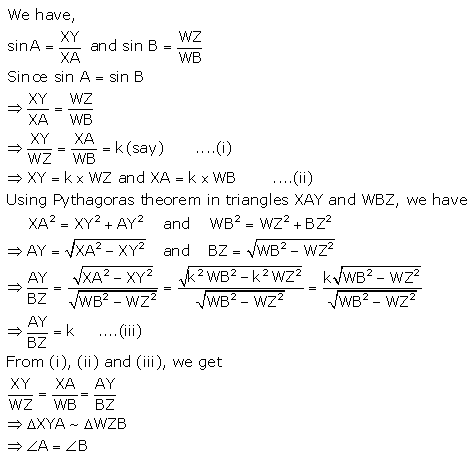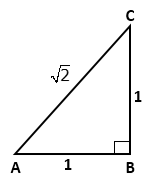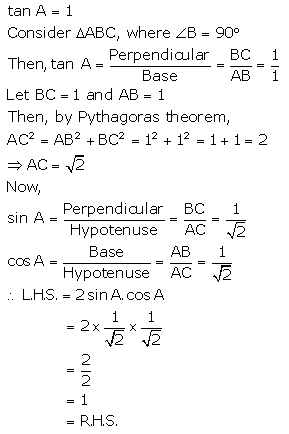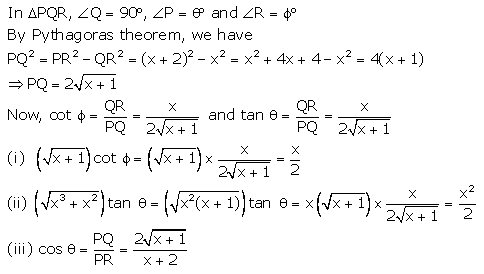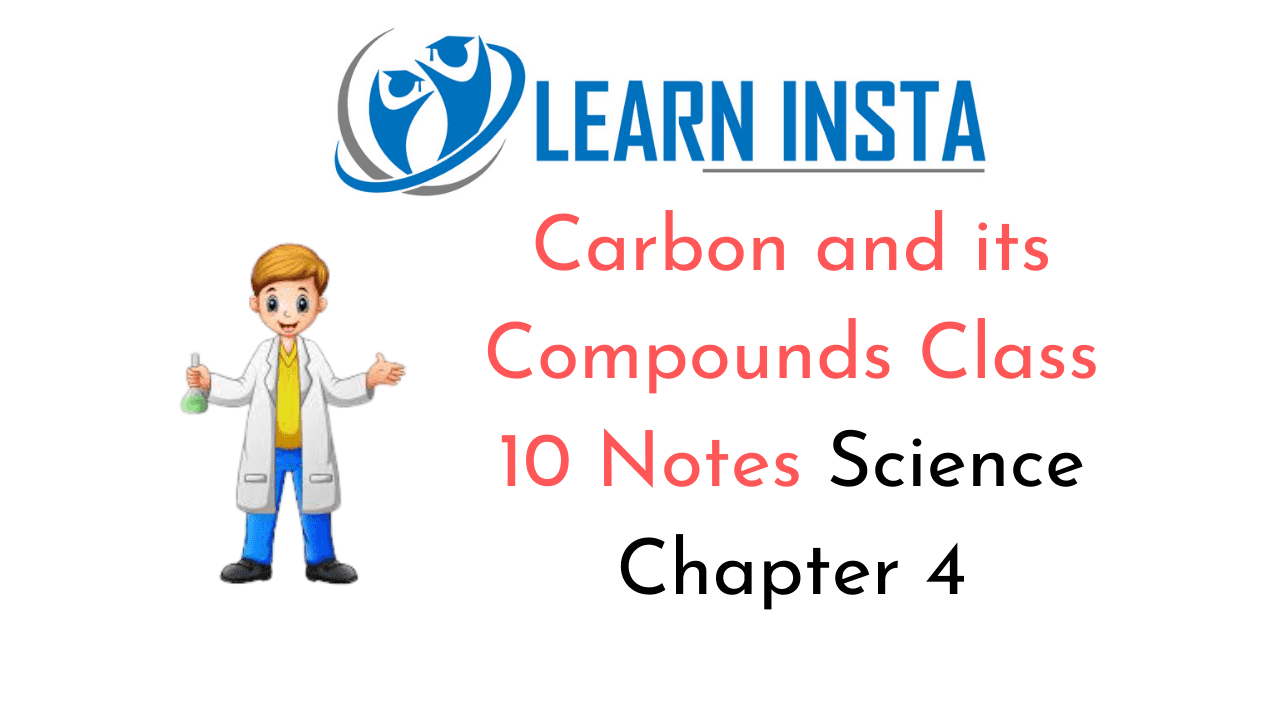 On this page, you will find Carbon and its Compounds Class 10 Notes Science Chapter 4 Pdf free download. CBSE NCERT Class 10 Science Notes Chapter 4 Carbon and its Compounds will seemingly help them to revise the important concepts in less time.
On this page, you will find Carbon and its Compounds Class 10 Notes Science Chapter 4 Pdf free download. CBSE NCERT Class 10 Science Notes Chapter 4 Carbon and its Compounds will seemingly help them to revise the important concepts in less time.
CBSE Class 10 Science Chapter 4 Notes Carbon and its Compounds
Carbon and its Compounds Class 10 Notes Understanding the Lesson
1. Carbon: All living structures are carbon based. The amount of carbon present in the Earth’s crust and in the atmosphere is quite meagre. The Earth’s crust has only 0.02% carbon in the form of minerals (like carbonates, bicarbonates, coal and petroleum) and the atmosphere has 0.03% carbon dioxide.
2. Covalent Bond in Carbon
The atomic number of carbon is 6 and its electronic configuration is 2, 4.
To attain a noble gas configuration it could gain four more electrons in its valence shell or loose the four electrons from its valence shell.
- It is difficult for an atom of carbon to either gain or lose electrons as it would be difficult to hold the extra electrons and would require a large amount of energy to remove four electrons.
- Carbon attains the noble gas configuration by sharing its valence electrons with other atoms. Atoms of other elements like hydrogen, oxygen, nitrogen, chlorine also show sharing of valence electrons.

- It is evident that the number of shared pair of electrons can be one, two or three. Try making the structures of H2O and CH4.
- Bond formed by the sharing of an electron pair between two atoms is called covalent bond.
- Covalently bonded molecules have low melting and boiling points because of comparatively weaker intermolecular forces, unlike ionic compounds.
- These molecules are generally poor conductors of electricity since no charged particles are formed.
3. Versatile Nature of Carbon Atoms
Two important properties which enable carbon to form enormously large number of compounds.

(i) Catenation is property of carbon atom to form bonds with other atoms of carbon. Like carbon, silicon forms compounds with hydrogen which have chains upto seven or eight atoms of silicon.
The property of catenation is shown by other elements also but carbon exhibits this property to maximum extent. This is due to greater strength of carbon-carbon bond.
(ii) Tetravalency of the carbon atom: Carbon has four valence electrons (At. No. of C = 6, Electronic Configuration = 2, 4) since it can neither lose nor gain electrons to attain octet, it forms covalent bonds by sharing its four electrons with other atoms. This characteristic of the carbon atom, by virtue of which it forms four covalent bonds, is called the tetravalency of carbon.

Saturated and unsaturated carbon compounds: Organic compounds in which carbon atoms are bonded together with a single bond and then use the hydrogen atoms to satisfy the remaining valencies of carbon, are known as saturated compounds. For example,

On another hand hydrocarbons containing multiple bond i.e., C=C, C≡C are known as unsaturated carbon compounds. The unsaturated hydrocarbons which contain one or more double bonds are called alkenes. Those containing one or more triple bond are called alkynes.
Examples
Alkene: CH2=CH2 (Ethene)
Alkyne: CH≡CH (Ethyne)
4. Functional group: Atom or group of atom which provides certain characteristic properties to the compound, is known as functional group. The functional group is attached to the carbon chain through the valency by replacing one hydrogen atom or atoms.

5. Homologous series: A series or a family of organic compounds having the same functional group, similar chemical properties and successive (adjacent) member of which differ by a —CH2 unit or 14 mass units, is known as homologous series. The individual members of the series are called homologous.
6. General Characteristics of Homologous Series
(i) All the members of a homologous series can be represented by a general chemical formula.
Alkane :CnH2n + 2[CH4,C2H6,C3H8 …]
Alkene : CnH2n [C2H4, C3H6, C4H8 …]
Alkyne : CnH2n–2 [C2H2, C3H4, C4H6 …]
(ii) All the members of a given homologous series have the same functional group.
(iii) A homologous series exhibit similar chemical properties.
(iv) In a homologous series as the molar mass increases, a gradation in physical properties is observed. It is due to fact that the melting points and boiling points increases with increasing molar mass.
7. Nomenclature of Carbon Compounds
An organic compound may have a common name, a systematic name and IUPAC names. IUPAC names are now universally adopted.
Rules for naming of organic compounds: IUPAC name of organic compound consists of four parts. These are arranged in the sequence given below:
Prefix + Word root + Primary suffix + Secondary suffix
(1) In IUPAC system prefix denotes the substituent group. The prefixes for a few substituent groups are as follows:
| Substituent group | Prefix | Substituent group | Prefix |
| – Cl | Chloro | -NO | Nitro |
| – Br | Bromo | -CH3 | Methyl |
| – I | Iodo | -C2H5 | Ethyl |
Remember
The International Union of Pure and Applied Chemistry (IUPAC) devised a method of systematically naming of organic compounds, which is termed as IUPAC system.

Some important points for writing IUPAC names:
- Select the longest carbon chain as a parent chain.
- The parent chain must include carbon atoms including multiple bond (= or ≡ bond) and the terminal functional groups
( – CHO – COOH, etc). - Parent chain should be numbered in such a way that multiple bond/functional group get lowest number.
- The position of the multiple bond must be indicated by a numerical prefix.
- If the name of the functional group is to be given as a suffix, the name of the carbon chain is modified by deleting the final ‘e’ and adding the appropriate suffix.
2. In IUPAC name Word root denotes the number of carbon atoms in the longest selected parent chain.
| Chain length | Word root |
| One C | Meth |
| Two C | Eth |
| Three C | Prop |
| Four C | But |
| Five C | Pent |
| Six C | Hex |
3. Primary suffix is used to denote the nature of carbon-carbon bond.
| Nature of C- C bond | Primary suffix |
| C- C bond | – ane |
| C=C bond | – ene |
| C≡C bond | – yne |
4. Secondary suffix is used to denote the functional group present in the organic compound. It is attached to the primary suffix. Some common functional groups and their secondary suffix are listed below: Example: Write the IUPAC names to the following compounds.

Addition Reaction
A chemical reaction in which two or more chemical substances get combined and gives a single product, is known as addition reaction.
For example,
(i) Unsaturated hydrocarbons add hydrogen in the presence of catalysts such as palladium or nickel to give saturated hydrocarbons.

(ii) Addition reaction also used in the hydrogenation of vegetable oils, which gives vegetable ghee, have saturated carbon chains.
![]()
Vegetable ghee!animal fat contains saturated fatty acids which are said to be harmful for health.
(iii) Addition of bromine
![]()
Substitution Reaction
A chemical reaction in which one type of atom or a group of atoms get displaced or substituted by some other atom or group of atoms is known as substitution reaction. For example, in the presence of sunlight, chlorine is added to hydrocarbon. In this chemical reaction chlorine can replace the hydrogen atoms one by one.
![]()
Similarly, the remaining three H atoms will be also replaced by Cl atoms one by one.

Some Important Carbon Compounds
(A) Ethanol or Ethyl alcohol
Ethanol is the second member of the homologous alcohol series. The structural formula of ethanol is:

Physical properties
- Ethanol is liquid at room temperature.
- Ethanol is soluble in water in all proportions.
- It boils at 351 K (78°C).
- It is neutral towards litmus.
- It is a non-conductor of electricity because it does not contain ions.
Chemical Reactions
1. Reaction with sodium: Hydrogen gas is evolved by the reaction of ethanol with sodium.
![]()
This reaction is a test for alcohols.
2. Dehydration: Heating ethanol at 443K with excess cone. H2S04 results alkene (Unsaturated hydrocarbon).
![]()
Here sulphuric acid acts as a dehydrating agent.
Alcohol as a Fuel
Sugar cane juice can be used to prepare molasses which is fermented to give ethanol. Some countries now use alcohol as an additive in petrol since it is a cleaner fuel which gives rise to only CO2 and H2O on burning in sufficient air (oxygen). Chemical reaction involved is given as

Denatured Alcohol
To prevent the misuse of ethanol, it is made unfit for drinking by adding poisonous substances (like methanol, pyridine, CuSO4, etc.) to it, this is called denatured alcohol.
Dyes are also added to colour the alcohol blue so that it can be identified easily.
How does alcohol affect human beings?
Ethanol (C2H5OH) is a chief constituent of all alcohol beverages (beer, wine, whisky, etc). In case someone consumes large amount daily, it has very harmful effect, it may even cause death by damaging liver and kidney.
Uses of ethanol
- Ethanol is a main constituents of all alcoholic beverages.
- Ethanol is used to sterilise wounds and syringes.
- It is used as a solvent for paints, lacquers, varnishes, cosmetics, perfumes, etc.
- It is also used as a fuel in stoves and spirit lamps.
(B) Ethanoic acid or Acetic acid
The group of organic acids are known as carboxylic acids. However, unlike mineral acids like HCl, carboxylic acids are weak acids. Ethanoic acid is the second member of the homologous alcohol series. The structural formula of ethanoic acid is:

Physical Properties
- Ethanoic acid is a colourless liquid with sour taste.
- It is miscible with water in all proportions.
- Being acidic nature, ethanoic acid turns blue litmus solution red.
- Acetic acid boils at 39 IK (118°C).
- 5-8% solution of acetic acid in water is called vinegar and is used widely as a preservative in pickles.
- Melting point of pure ethanoic acid is 290 K and hence it often freezes during winter in cold climates. This gave rise to its name glacial acetic acid.
Chemical reactions of ethanoic acid
1. Esterification reaction: Ethanoic acid reacts with absolute ethanol in the presence of an acid catalyst and gives ester as a product. Esters are sweet smelling substances.

On treating with alkali, sodium hydroxide (NaOH), the ester is converted back to alcohol and sodium salt of carboxylic acid. This is known as saponification reaction.
![]()
2. Reaction with base: Ethanoic acid reacts with a base such as sodium hydroxide (NaOH) to give a salt and water.
\(\mathrm{NaOH}+\mathrm{CH}_{3} \mathrm{COOH} \longrightarrow \mathrm{CH}_{3} \mathrm{COONa}+\mathrm{H}_{2} \mathrm{O}\)
3. Reaction with carbonates and hydrogencarbonate: Ethanoic acid reacts with carbonates and hydrogencarbonates to give rise to a salt, CO2 and water. The salt produced is sodium acetate.
2CH3COOH + Na2CO3 → 2CH3COONa + H2O + CO2
CH3COOH + NaHCO3 → CH3COONa + H2O + CO2
Uses of ethanoic acid
- It is used as a solvent.
- It is used for making dyes, perfumes and medicines.
- It is also used as vinegar which is a preservative for pickles.
Soaps and Detergents
- Soap is sodium and potassium salt of carboxylic acids with long chain.
- Soaps are effective with soft water only and ineffective with hard water.
- Detergents are ammonium or sulphonate salts of carboxylic acids with long chain. They are effective with both soft as well as hard water. An ionic part (hydrophilic) and a long hydrocarbon chain (hydrophobic) part constitutes the soap molecule.

Cleansing Action of Soaps
- Most dirt is oily in nature and the hydrophobic end attaches itself with dirt, while the ionic end is surrounded with molecules of water. This result in formation of a radial structure called micelles.
- An emulsion is thus formed by soap molecule. The cloth needs to be mechanically agitated to remove the dirt particles from the cloth.
- Scum: The magnesium and calcium salts present in hard water reacts with soap molecule to form insoluble products called scum, thus obstructing the cleansing action. Use of detergents overcome this problem as the detergent molecule prevents the formation of insoluble product and thus clothes get cleaned.

Class 10 Science Chapter 4 Notes Important Terms
Dehydration is loss of water during a chemical reaction.
Hydration is gain of water during a chemical reaction.
Combustion means heating/burning of a compound with excess of air or oxygen. It is exothermic in nature.
Esterification is a chemical reaction in which a carboxylic acid reacts with an alcohol to form an ester.
Fermentation is the slow decomposition of big organic molecules into simpler molecules in presence of enzymes.

